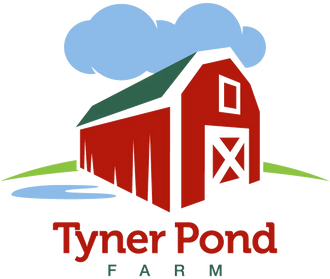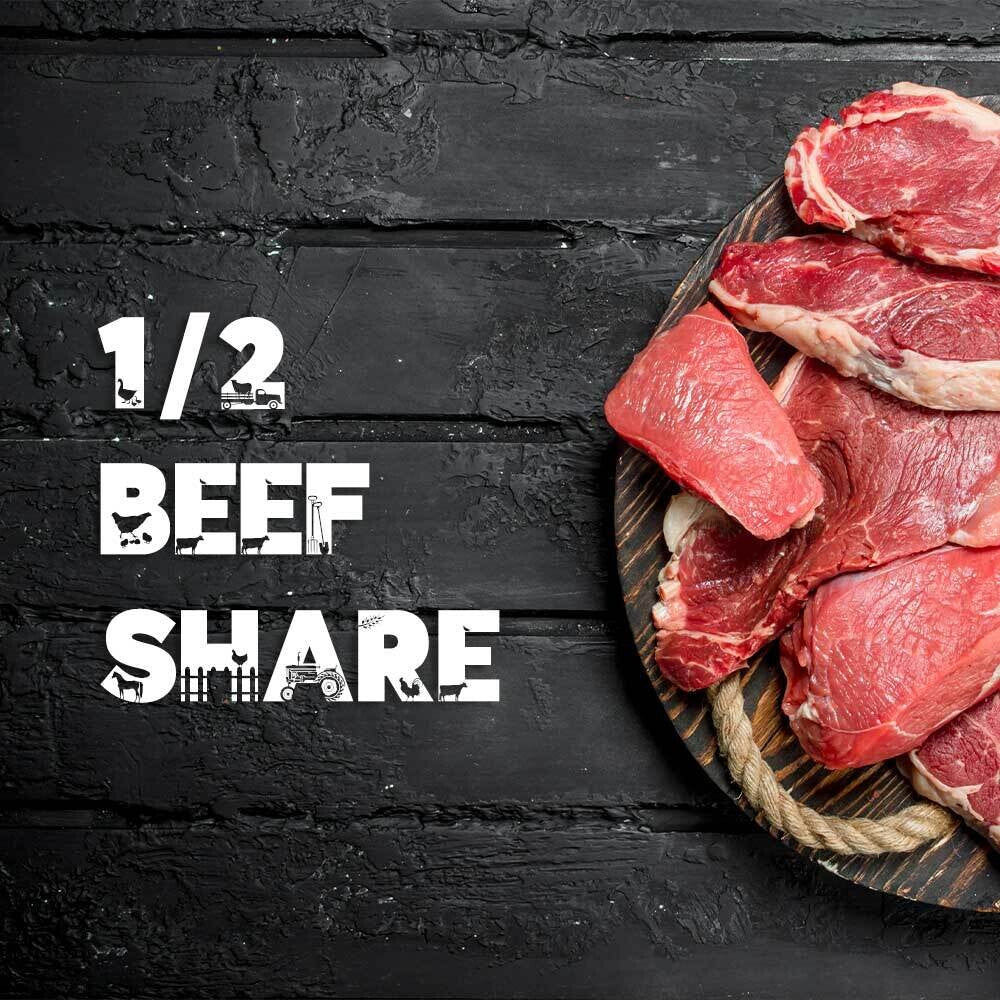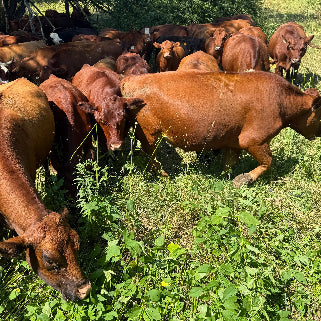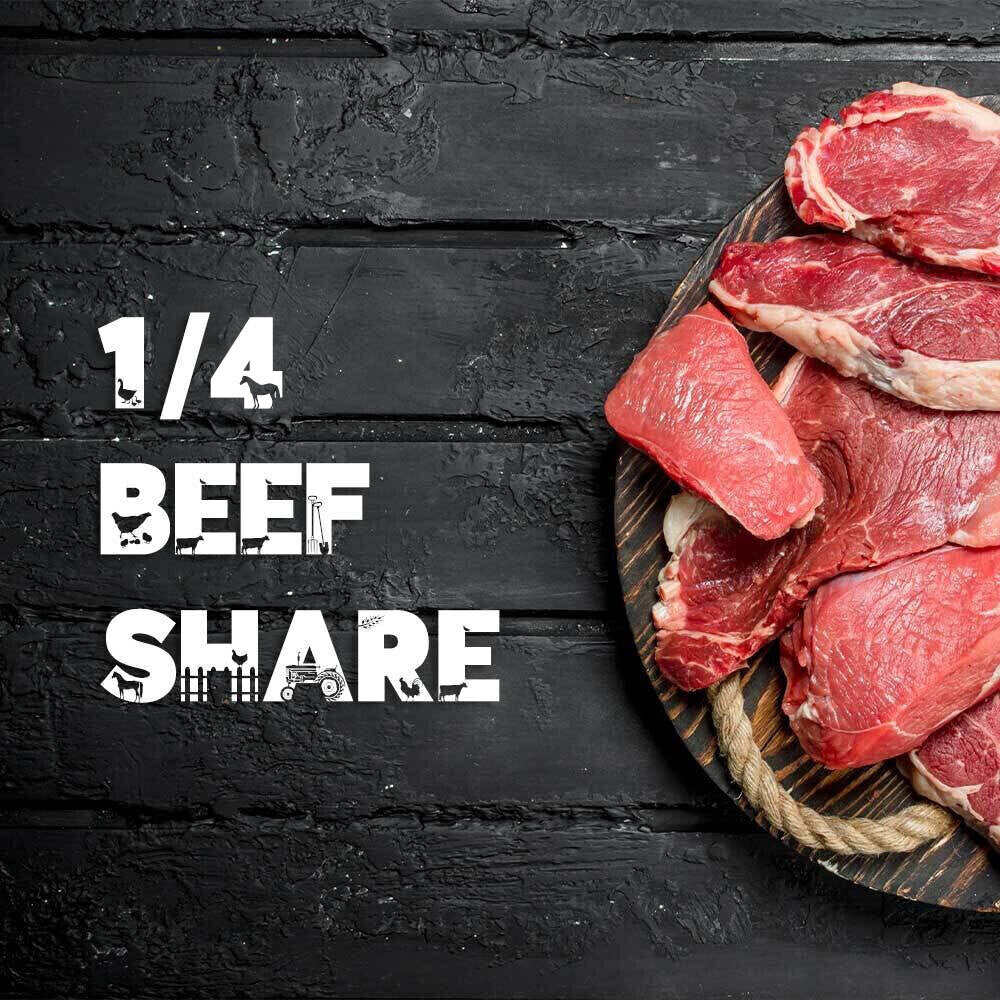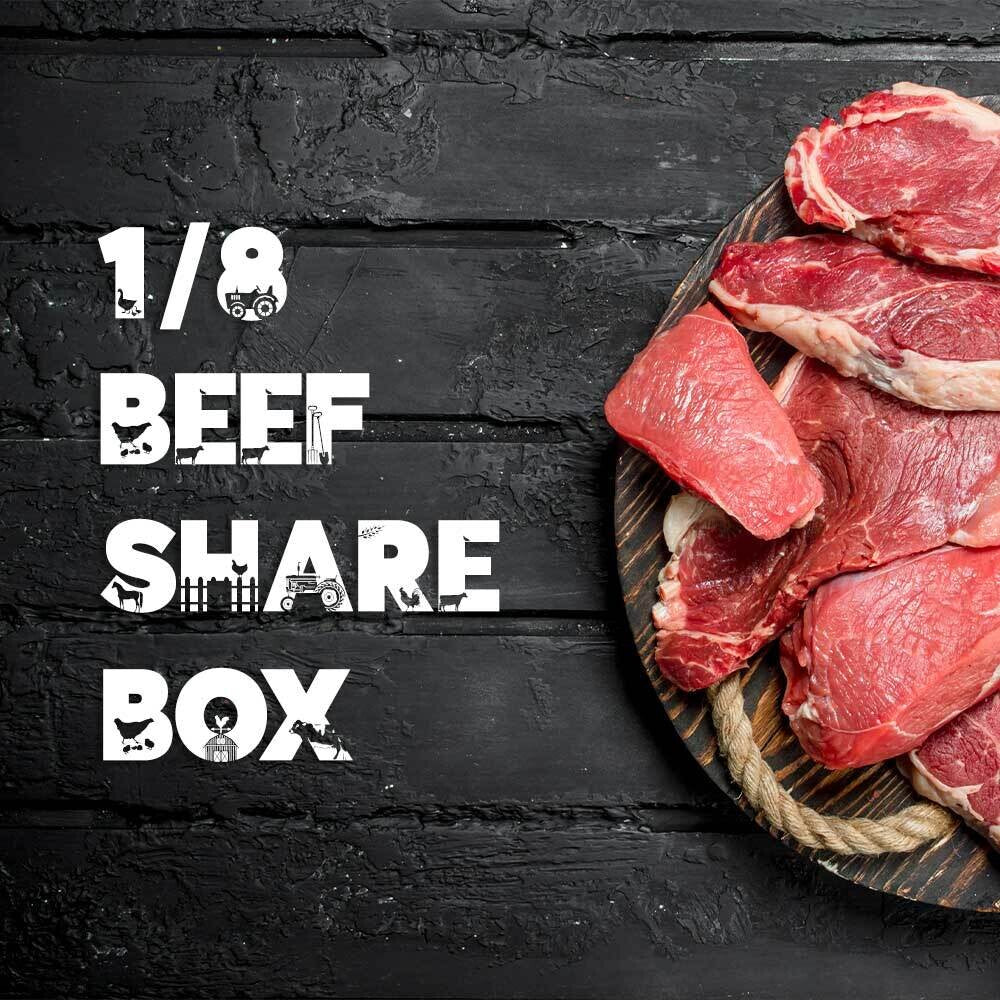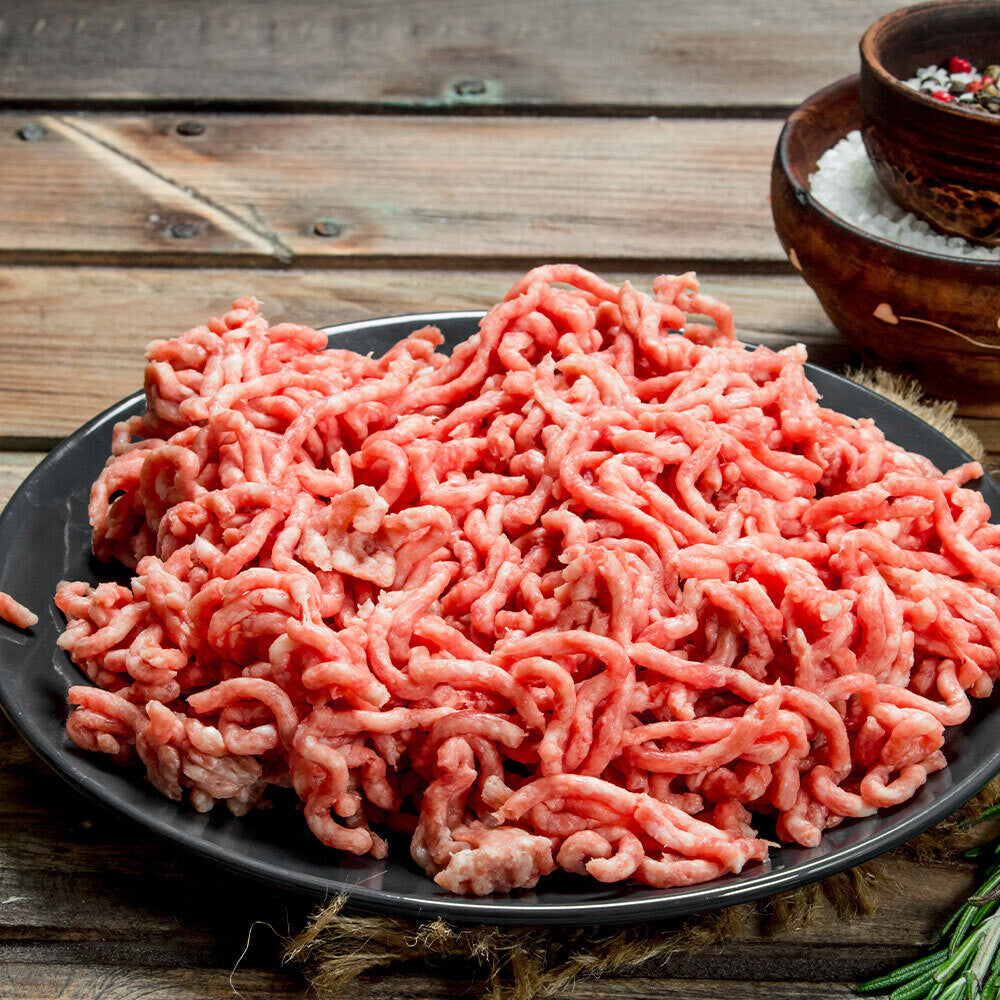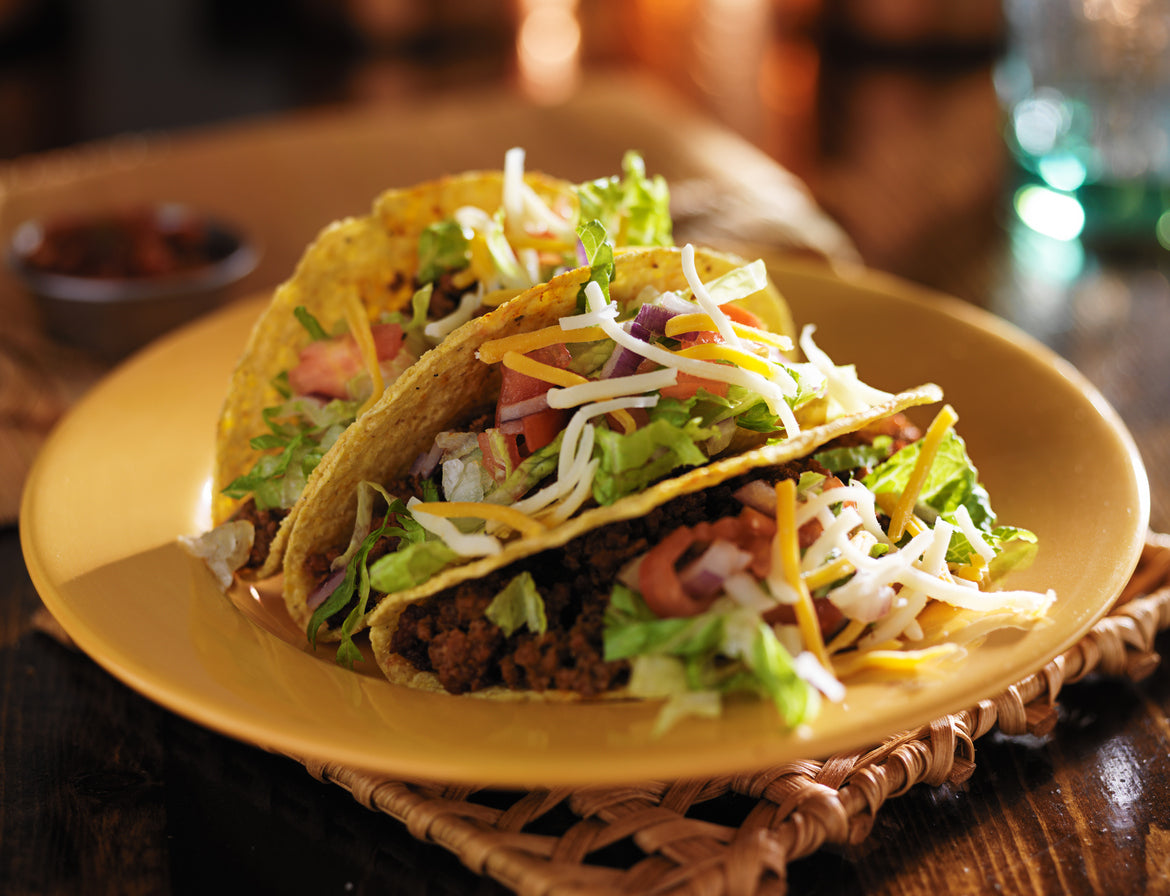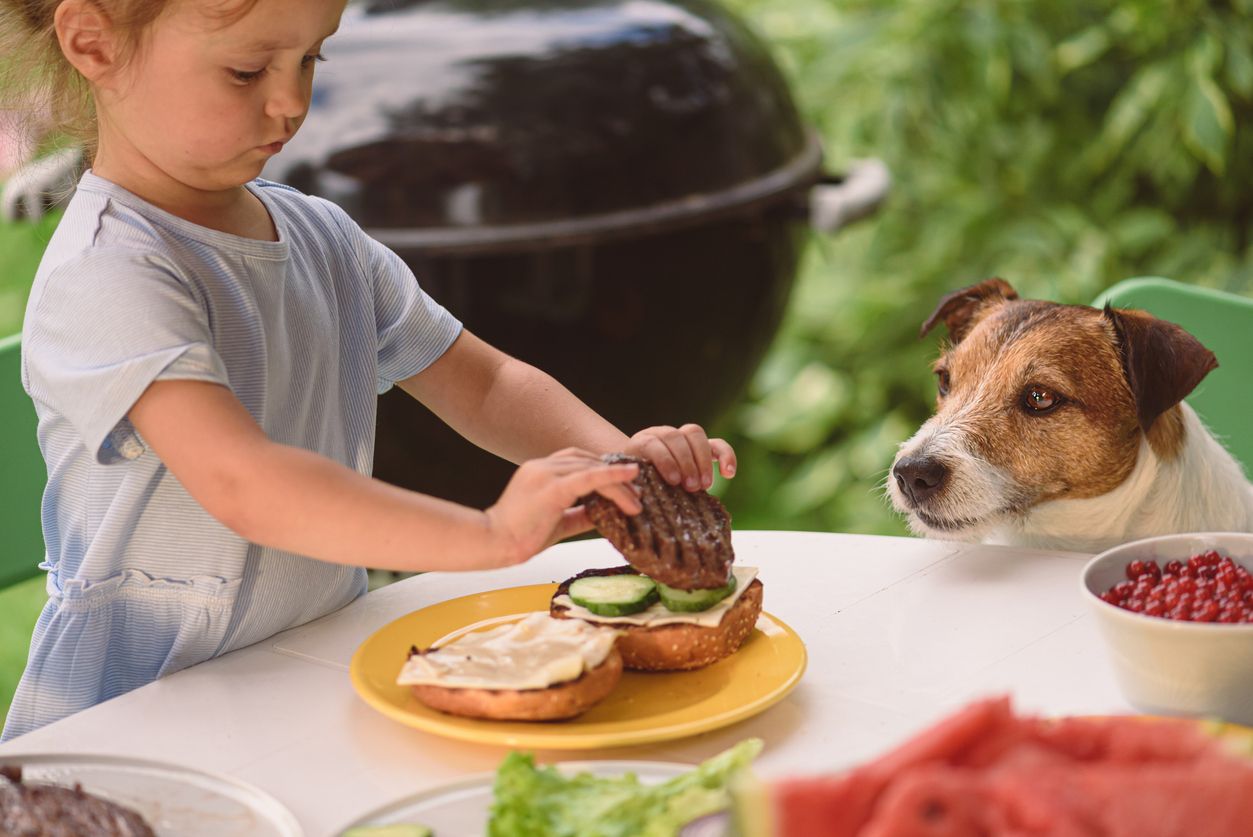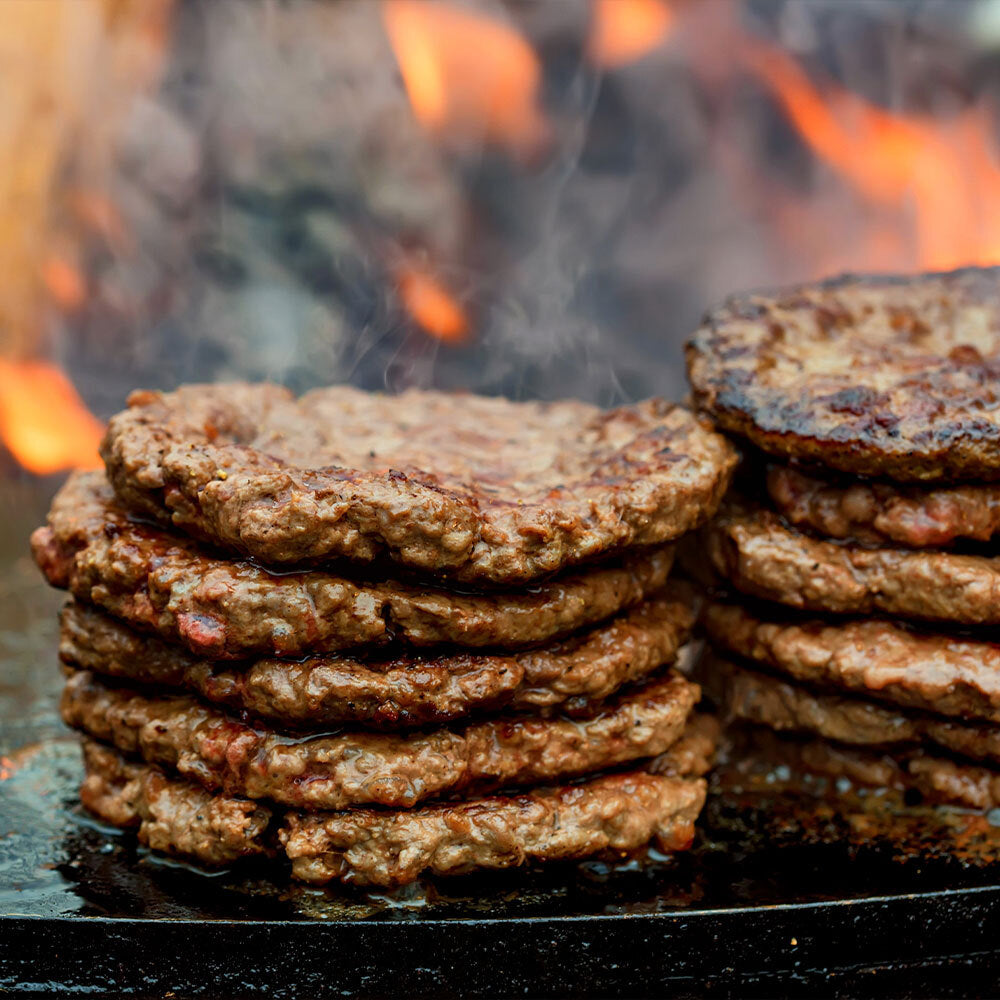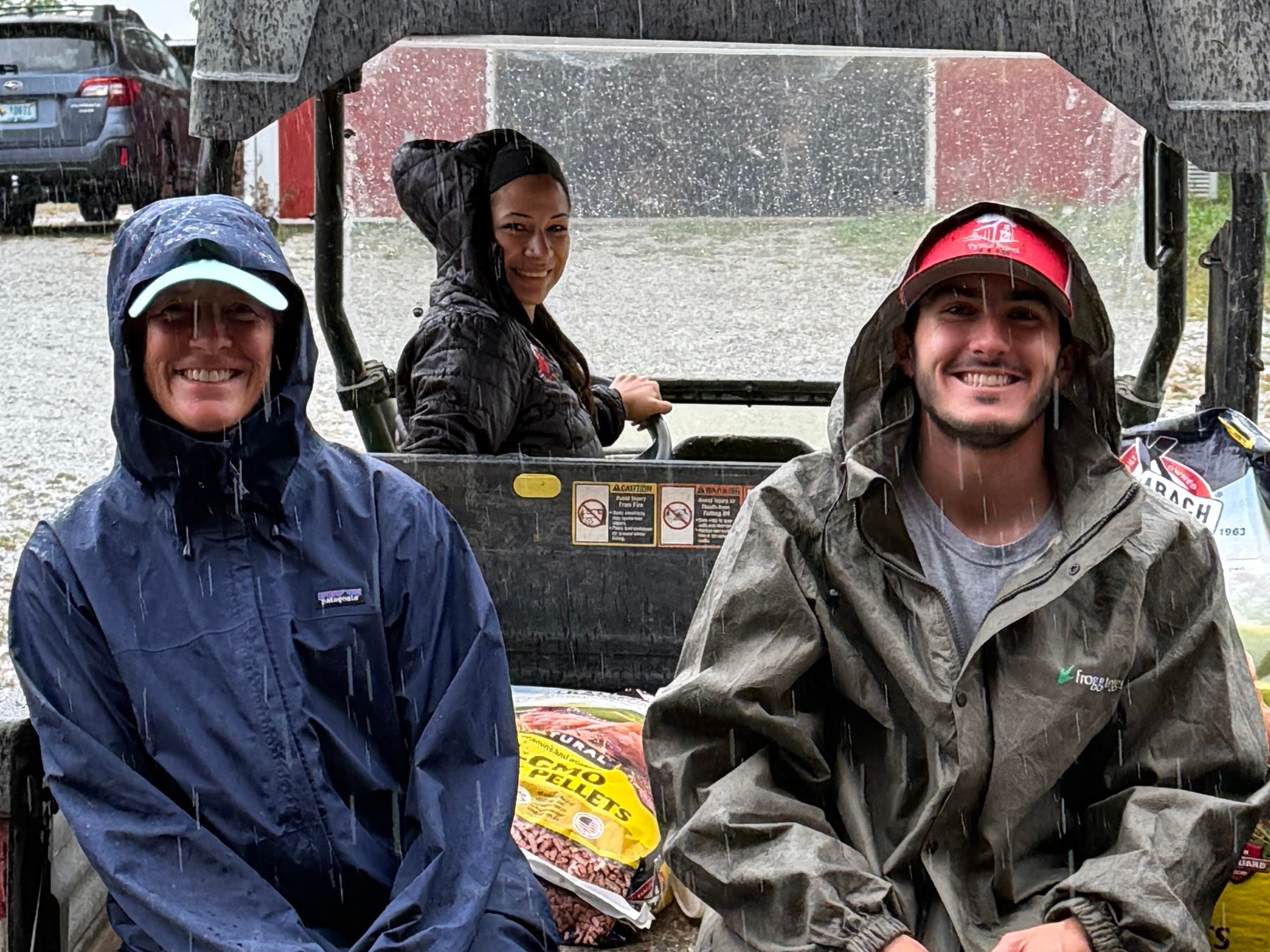
The Story of Tyner Pond Farm
Before starting Tyner Pond Farm, I spent my career in the technology world. I helped start several companies in Indianapolis, working in software and logistics. That experience taught me a lot about systems, efficiency, and the power of small, consistent improvements. But as time went on, I found myself drawn toward something more tangible — how the food we eat shapes our health and our communities.
In 2010, my wife Amy and I bought 75 acres just outside Greenfield, Indiana. We didn’t come from farming families, which meant we had plenty to learn. In hindsight, that lack of experience was both a challenge and a gift. It forced us to question conventional methods and start fresh, focusing on what made sense to us: healthy soil, healthy animals, and a direct connection between farmers and eaters.
Much of the land in our area has long been used for corn and soybeans. Those crops are the backbone of Indiana agriculture, and they’ve supported generations of hardworking families. But we wanted to explore how the same ground could also support grass, livestock, and biodiversity — all working together to rebuild soil health.
What began as one small pasture has grown into six farms totaling nearly 900 acres. Through managed rotational grazing, we’ve restored life to ground that once supported only a few species of plants. Now we see a mix of deep-rooted grasses, legumes, wildflowers, and pollinators returning.
Our cattle are 100% grassfed and moved daily to fresh pasture. Chickens are also raised on pasture and moved every day to new ground, helping keep the soil healthy and the land productive. We also partner with trusted Indiana farms for pasture-raised pork and organic raw dairy, building a network of local producers who share our respect for land and animals.
What started as a small experiment has become a broader effort to rebuild local food systems. Our customers come from all over — suburban neighborhoods, small towns, and rural areas. Their reasons vary: some care about animal welfare, some about health or the environment, and others about independence from global corporations and fragile supply chains.
Our son Jim now leads our grazing program and represents the next generation of this work. Like many family farms, we’re thinking carefully about the future — how to transition leadership while staying true to the principles that began this journey.
Fifteen years later, Tyner Pond Farm remains focused on the same goal: to regenerate Indiana farmland, restore biodiversity, and strengthen the relationship between people and the land that feeds them.
